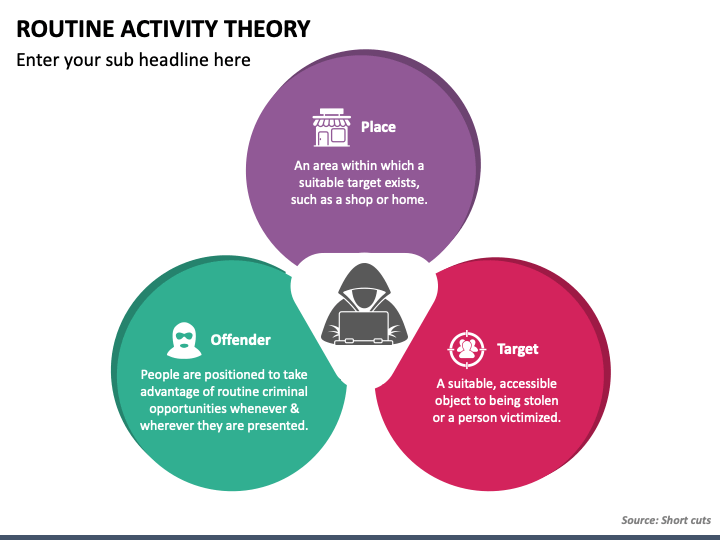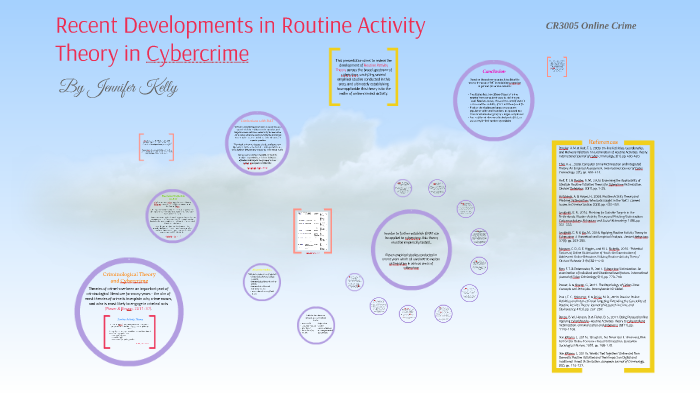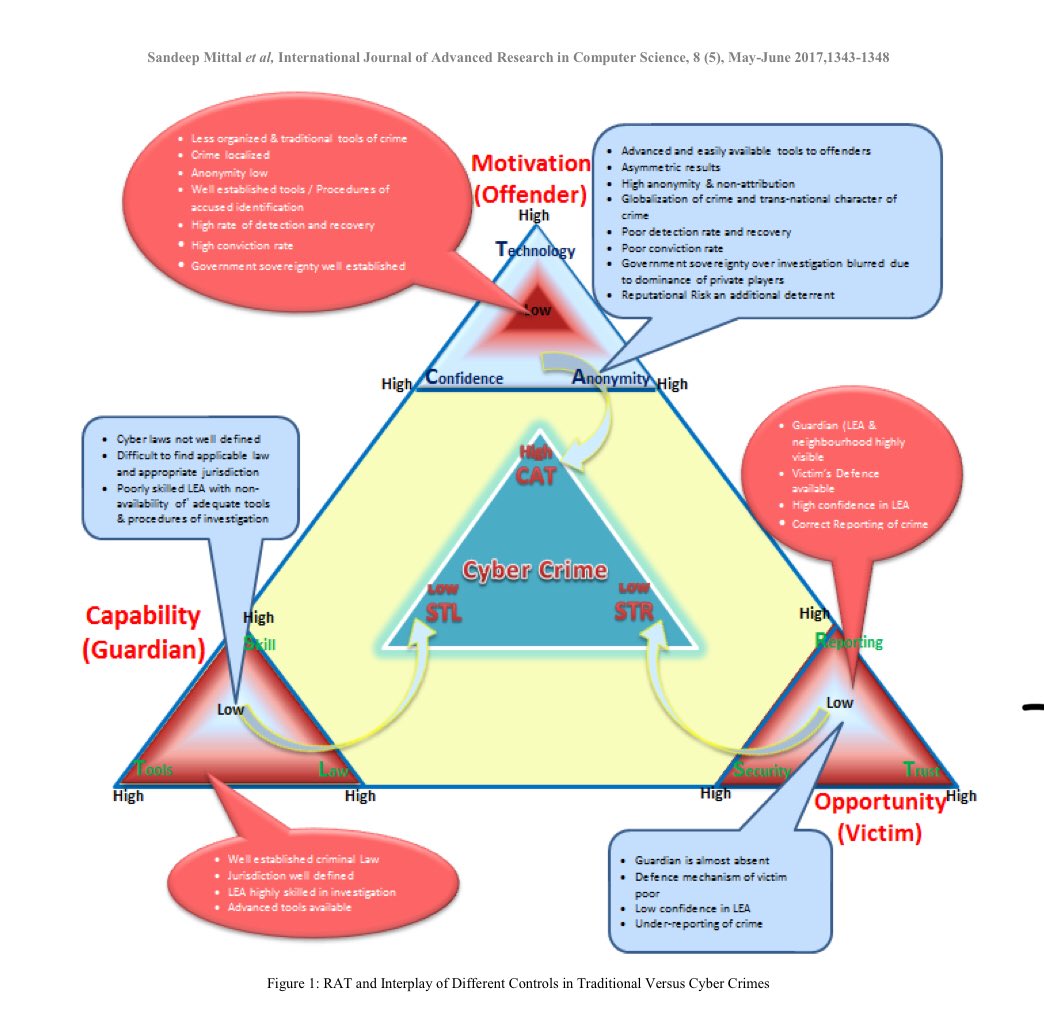Routine activities theory is a sociological theory that explains the relationship between opportunities for crime and the occurrence of crime. It suggests that crime is more likely to occur when three elements are present: a motivated offender, a suitable target, and the absence of a capable guardian. This theory was developed in the 1970s by Marcus Felson and Lawrence E. Cohen, and it has become a popular and influential approach to understanding crime and deviance.
According to routine activities theory, crime occurs when an offender with the motivation to commit a crime comes into contact with a suitable target in the absence of a capable guardian. The motivated offender could be anyone with the desire to commit a crime, whether it be for personal gain, thrill-seeking, or some other reason. The suitable target is an attractive object or person that is relatively unprotected and easy to access. This could be a valuable item left out in the open, or a person who is alone and vulnerable. Finally, the absence of a capable guardian refers to the lack of supervision or protection that could prevent the crime from occurring. This could be a lack of security measures or the absence of a responsible adult.
Routine activities theory has been used to explain a wide range of crimes, including property crimes, violent crimes, and white-collar crimes. It is particularly useful in explaining crimes that occur in urban settings, where there are many opportunities for motivated offenders to come into contact with suitable targets and where the absence of capable guardians is more common.
One of the key contributions of routine activities theory is its focus on the role of opportunity in crime. Rather than looking at individual traits or characteristics as the main cause of crime, this theory emphasizes the importance of the social and physical environment in facilitating or preventing crime. This means that crime can be reduced or prevented by altering the opportunities for crime, rather than focusing solely on changing the characteristics of the offender.
There are several implications of routine activities theory for criminology and crime prevention. For example, this theory suggests that increasing the presence of capable guardians can reduce the likelihood of crime. This could include increasing the number of police officers on patrol, increasing the use of security cameras, or simply increasing the presence of responsible adults in an area. Additionally, this theory suggests that reducing the availability of suitable targets can also reduce the occurrence of crime. This could include securing valuable items, improving the design of buildings to make them less vulnerable to crime, or simply making it more difficult for motivated offenders to access potential targets.
Overall, routine activities theory is a useful and influential approach to understanding crime and deviance. Its focus on opportunity and the role of the social and physical environment in facilitating or preventing crime has important implications for criminology and crime prevention. By altering the opportunities for crime, it is possible to reduce the occurrence of crime and improve public safety.





